GUJRAT: Poor academic and employer perception as well as low faculty-student ratio are said to be the main reasons behind Pakistan featuring at the bottom of the recent global higher education ranking.
According to Quacquarelli Symonds (QS), an independent British ranking agency, Pakistan has the weakest higher education system in the world. In its report for 2016, the QS compared 50 countries and placed Pakistan at the bottom with a score of 9.2. The US and UK ranked on the top with 100 and 98.5 marks respectively, while India was placed on the 24th spot with a score of 60.9.
Globally, universities are ranked by neutral bodies such as The Times Higher Education Ranking, US News College Ranking, QS University Rankings and Maclean’s University rankings (Canada).
Higher Education Commission (HEC) spokesperson Ayesha Ikram says: “This is not quality ranking, which has been published. It is a comparison between countries that are in the top 700, and from Pakistan there are Quaid-i-Azam University (QAU) and National University of Sciences and Technology (Nust). But the comparison here is on four indicators that include access and funding. The ranking does not mean that it reflects overall quality.”
Some academicians and researchers Dawn contacted to find out the reasons behind such an abysmal performance of institutes held the HEC responsible, which they said had failed despite spending around Rs70 billion on higher education annually.
“The HEC as well as QS rank our institutions every year. If both agencies use the same metrics, why is there so much difference between their rankings,” questioned a professor at a public sector university in Punjab, requesting not to be named.
For instance, he said, the HEC’s 2016 ranking of national universities in academic year 2014-15 placed QAU Islamabad at the top with a 100 score, followed by University of Punjab (83.28), Nust Islamabad (80.27), University of Agriculture Faisalabad (78.72), Agha Khan Karachi (77.28), Comsats Islamabad (76.51), Pakistan Institute of Engineering and Applied Sciences Islamabad (74.88), Karachi University (70.09), University of Health Sciences (68.0) and University of Veterinary and Animal Sciences (66.78).
However, according to QS ranking for the same year, Nust Islamabad is ranked 501 globally (no Pakistani university is among the top 500), QAU Islamabad (651), Lahore University of Management Sciences (701), University of Engineering and Technology Lahore (701), University of Karachi (701) and the University of Lahore (701). Interestingly, the QS ranking of Nust declined from 401 to 501, Lums, UET Lahore, UoL and UoK 601 to 701 from year 2012 to 2015.
“This substantially explains that the criteria followed by the HEC are not up to international standards,” the professor said.
The QS has developed six indicators to measure global ranking of institutions, including academic reputation (40pc), employer reputation (10pc), student-to-faculty ratio (20pc), citation per faculty (20pc) and international student and faculty ratio (10pc). However, the HEC has a completely criteria to map the ranking of institutions. It has assigned quality assurance 15pc, teaching quality 30pc, research 41pc, finance and facilities 10pc and social integration 10pc.
A senior faculty member at a university said to date there was no criterion to check quality assurance and teaching quality in the institutions. He said the Quality Enhancement Cell (QEC) of University of Gujrat, for example, was headed by Dr Tahir Aqil, who was also working as registrar on an additional assignment, besides being the member of many other committees.
The third element mentioned by QS due to which the ranking system has declined is said to be finance and facilities which had been somehow managed by the HEC by appointing faculty under the Tenure Track System (TTS). However, public sector institutions, against HEC rules governing TTS, granted TTS faculty some administrative positions attracting them towards management instead of research, which should be their primary focus.
Demanding the HEC chairman take the higher education ranking seriously, academicians and critiques suggested it was time the HEC reduce hefty fee in public sector institutions, set their ranking criteria in accordance with internationally developed and accepted ranking system, choose senior faculty with more publications and research experience as vice chancellors.
Published in Dawn, May 23rd, 2016
























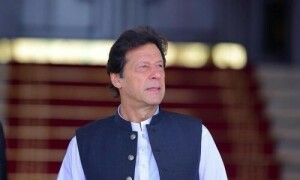
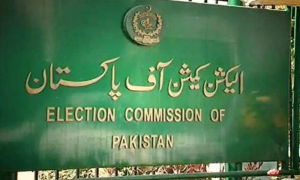
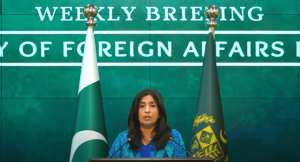
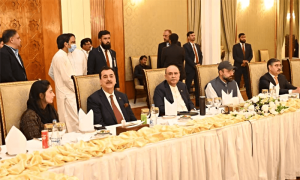



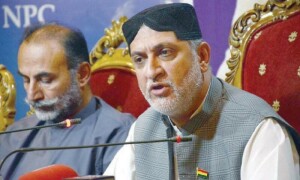












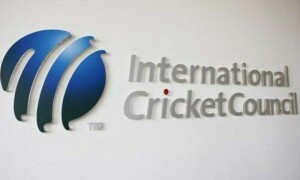
Dear visitor, the comments section is undergoing an overhaul and will return soon.